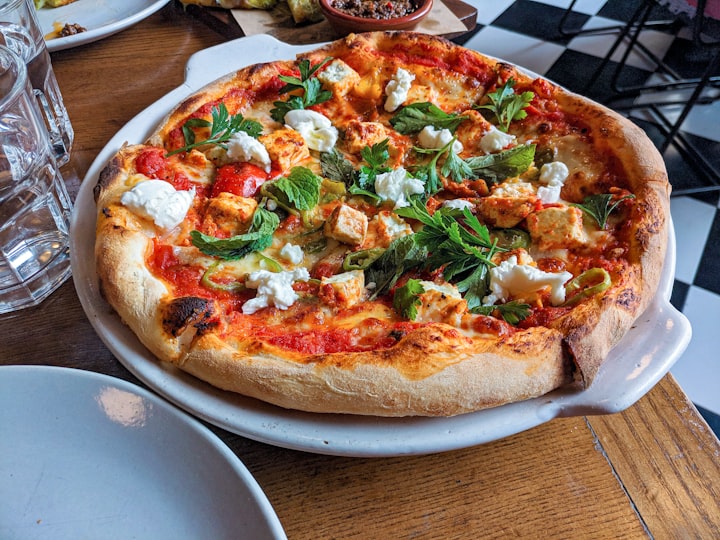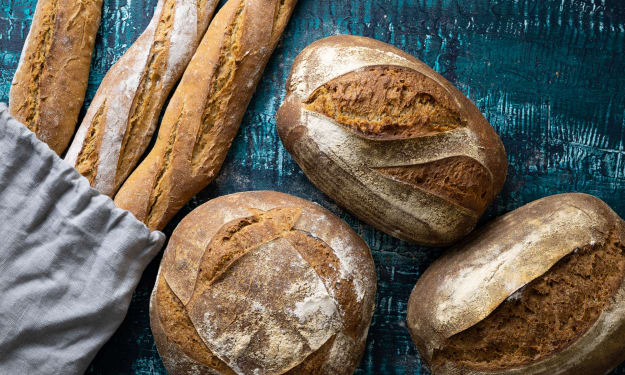Have you ever thought from where IDLY as made, Most eatable breakfast in Morning
Making of IDLY

Title: The Idly Chronicles: Unveiling the Rich History of a South Indian Delicacy

Introduction:
In the vast and diverse culinary landscape of India, one dish stands out for its simplicity, versatility, and incredible taste: the idly. This humble steamed rice cake has become an iconic and beloved staple in South Indian cuisine, with a history that stretches back centuries. Join us on a journey through time as we uncover the origins, evolution, and cultural significance of this delectable dish.

Origins:
The exact origins of idly are shrouded in the mists of time, as it predates recorded history. However, it is believed to have originated in what is now the Indian state of Tamil Nadu. Ancient Tamil texts like the "Silappatikaram" and "Manimekalai" mention a dish called "iddal" or "itil" made from urad dal (a type of lentil) and rice. These texts date back to the Sangam era, which spanned from 300 BCE to 300 CE.

Evolution:
Over the centuries, the idly underwent several transformations, both in terms of ingredients and preparation methods. Originally, it was made by grinding soaked rice and urad dal together to form a thick batter. This batter was left to ferment overnight, allowing the natural fermentation process to make the idlies light, fluffy, and easily digestible.
With time, variations of idly emerged in different regions of South India. In Kerala, for example, a similar dish called "puttu" was created by using a steaming technique. It involved layering grated coconut and rice flour, resulting in cylindrical-shaped steamed cakes.

Cultural Significance:
The idly has more than just culinary importance—it holds a significant place in South Indian culture. Traditionally served as a breakfast item, idlies are considered a wholesome and nutritious meal. Rich in carbohydrates, proteins, and essential nutrients, they provide a balanced start to the day.
Idly is also an integral part of religious and festive observances. In Tamil Nadu, during the auspicious month of Margazhi (December-January), the practice of "Maatru Pongal" involves offering freshly prepared idlies to birds, symbolizing gratitude towards nature. In some households, idly batter is also used to make a sweet variation called "Kanchipuram idly," which is offered as a prasadam (religious offering) in temples.

Popularity and Global Reach:
With the Indian diaspora spreading across the world, the popularity of idly has transcended borders. Today, it is not uncommon to find idly stalls in various countries, offering a taste of South Indian cuisine to people from diverse backgrounds. Idlies have earned a reputation as a healthy and delicious dish, making them a favorite choice for breakfast, brunch, or a light snack.
Sure! Here's a simple recipe for making idlies:

Ingredients:
- 2 cups idly rice (or regular rice)
- 1 cup urad dal (split black lentils)
- Salt to taste
- Water for soaking and grinding
- Cooking oil or ghee for greasing the idly plates
Instructions:
- Wash the idly rice and urad dal separately under running water.
- Soak the rice and urad dal in separate bowls with enough water. Let them soak for about 4-6 hours.
- After soaking, drain the water from both the rice and dal.
- Grind the urad dal in a wet grinder or a blender until it becomes a smooth and fluffy batter. You can add a little water while grinding to help achieve the desired consistency.
- Transfer the ground dal batter into a large bowl.
- Next, grind the soaked rice until it becomes a fine and slightly coarse batter. Add a little water as needed.
- Combine the rice batter with the urad dal batter in the bowl. Mix them well together using your hand or a spoon. Add salt to taste and mix again.
- Cover the bowl with a clean cloth and let the batter ferment overnight or for at least 8 hours. Keep it in a warm place, as the fermentation process works best in a slightly warm environment.
- After fermentation, the batter will rise and become airy.
- Before cooking, mix the fermented batter gently to even out the consistency.
- Grease the idly plates with oil or ghee.
- Pour a ladleful of batter into each cavity of the idly plates, filling them about 3/4th full.
- Place the idly plates in a steamer or an idly cooker. Steam them for about 10-12 minutes on medium heat or until the idlies are cooked through. To check if they are done, insert a toothpick or a knife into the idly; if it comes out clean, the idly is cooked.
- Once cooked, remove the idly plates from the steamer and let them cool for a minute or two.
- Use a spoon or a wet spatula to gently remove the idlies from the plates.
- Serve the idlies hot with sambar, coconut chutney, or any other accompaniments of your choice.
- Enjoy your homemade idlies!
Note: The measurements and cooking times may vary slightly depending on the specific ingredients and equipment used. It's always good to follow the instructions provided with your specific recipe or adjust according to your taste and preferences.






Comments
There are no comments for this story
Be the first to respond and start the conversation.